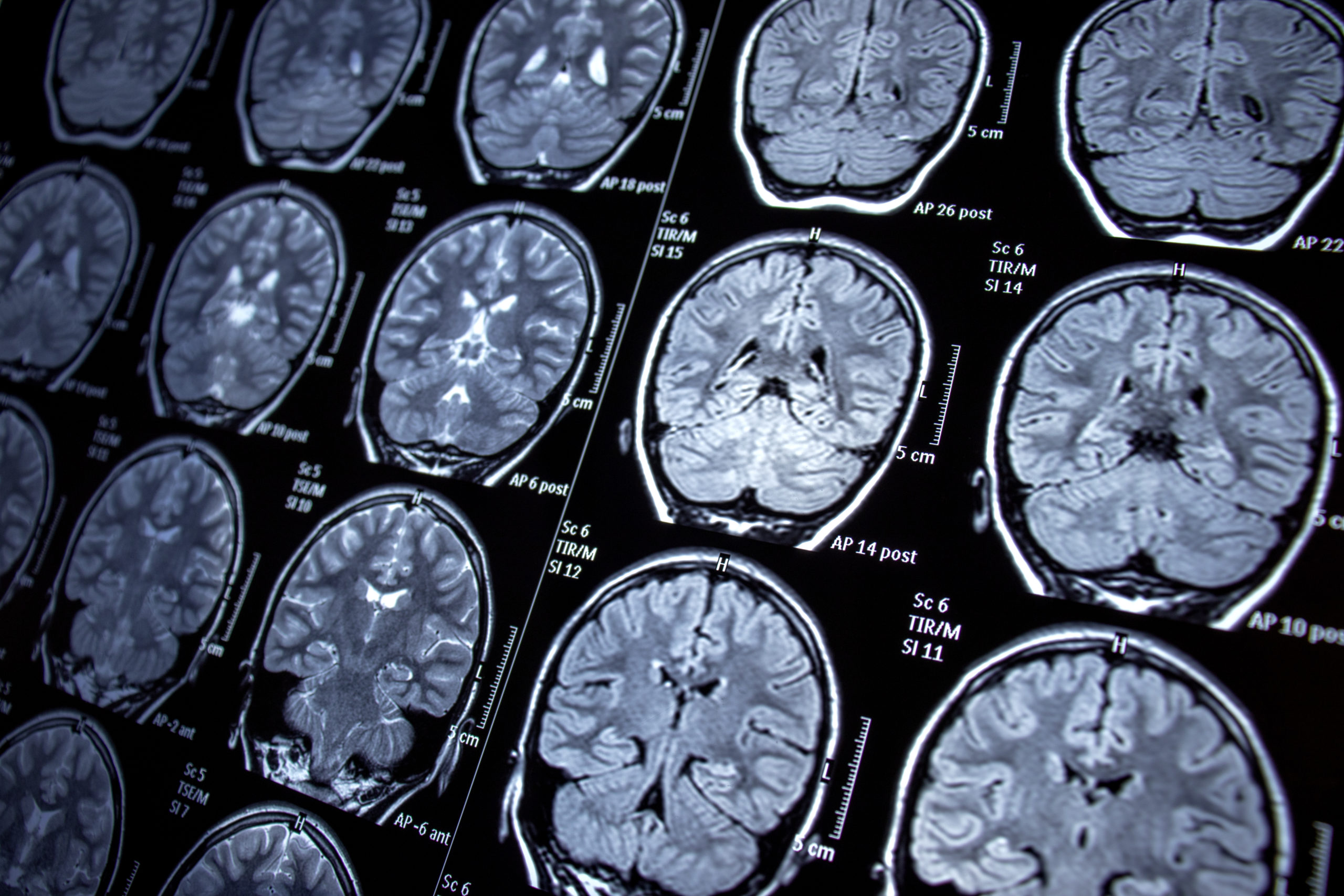
Microsoft has unveiled BiomedParse, a new AI model powered by OpenAI’s GPT-4, designed to analyze medical images and assist in identifying diseases, including various cancers.
The tool, announced on Monday, interprets CT scans, MRIs, X-rays, ultrasounds, and other imagery to locate pathological features such as tumors and other biological abnormalities. By allowing medical professionals to use simple text prompts like “pathological cells,” the AI pinpoints relevant areas in the image, requiring less manual effort than traditional methods that rely on object-specific bounding boxes.
BiomedParse has already demonstrated its ability to detect conditions such as melanoma, brain glioma, and cystoid macular edema. Microsoft’s researchers highlighted its efficiency and ease of use, though questions remain about its practical application in clinical settings where doctors already excel at diagnosing diseases without AI tools.
Microsoft’s BiomedParse enters a growing field of AI in healthcare. The tool’s functionality revolves around its ability to identify and segment objects in medical images with minimal user input. Traditional methods often involve manually creating bounding boxes to highlight areas of interest, a labor-intensive process. BiomedParse eliminates this requirement, simplifying workflows for clinicians.
Ethical Challenges in Medical AI
Still, challenges around integrating AI into healthcare practices persist. Dr. Stephen Parodi of the Permanente Medical Group has raised concerns about potential biases in medical AI tools and ethical challenges, such as ensuring patient privacy and avoiding discriminatory practices. These concerns echo throughout the medical community, as AI models might inadvertently perpetuate inequities.
Microsoft has publicly emphasized its commitment to ethical AI development, citing principles such as fairness, reliability, and inclusiveness. The company has also faced challenges, including AI hallucinations—situations where AI generates incorrect or nonsensical information. To address this, Microsoft has developed tools like the Azure AI Content Safety system and the Response Augmenting System, which monitor and refine AI outputs to enhance accuracy and trustworthiness.
Microsoft is not alone in advancing AI for healthcare. Google has been developing its MedLM and Med-PaLM AI models, designed for tasks ranging from summarizing medical data to detecting breast cancer. The company has also collaborated with partners in Kenya on disease detection tools and tested its AI-driven medical chatbot in U.S. hospitals. Comparisons between BiomedParse and Google’s MedSAM highlight similar capabilities in medical image segmentation.
Despite these advancements, AI’s role in healthcare faces scrutiny. While tools like BiomedParse could revolutionize diagnostic workflows, they must contend with ethical dilemmas and regulatory oversight. Dr. Parodi noted that improper use of AI could lead to patient exclusion or biased outcomes, stressing the need for transparent communication between developers and medical professionals.
Microsoft’s AI ethics initiatives reflect its response to these concerns. The company recently removed its WizardLM-2 model from public platforms, citing incomplete toxicity testing, and continues refining its approaches to mitigate risks associated with AI in high-stakes environments.
Featured Image courtesy of Nur Ceren Demir/Getty Images/iStockphoto
Follow us for more tech news updates.
